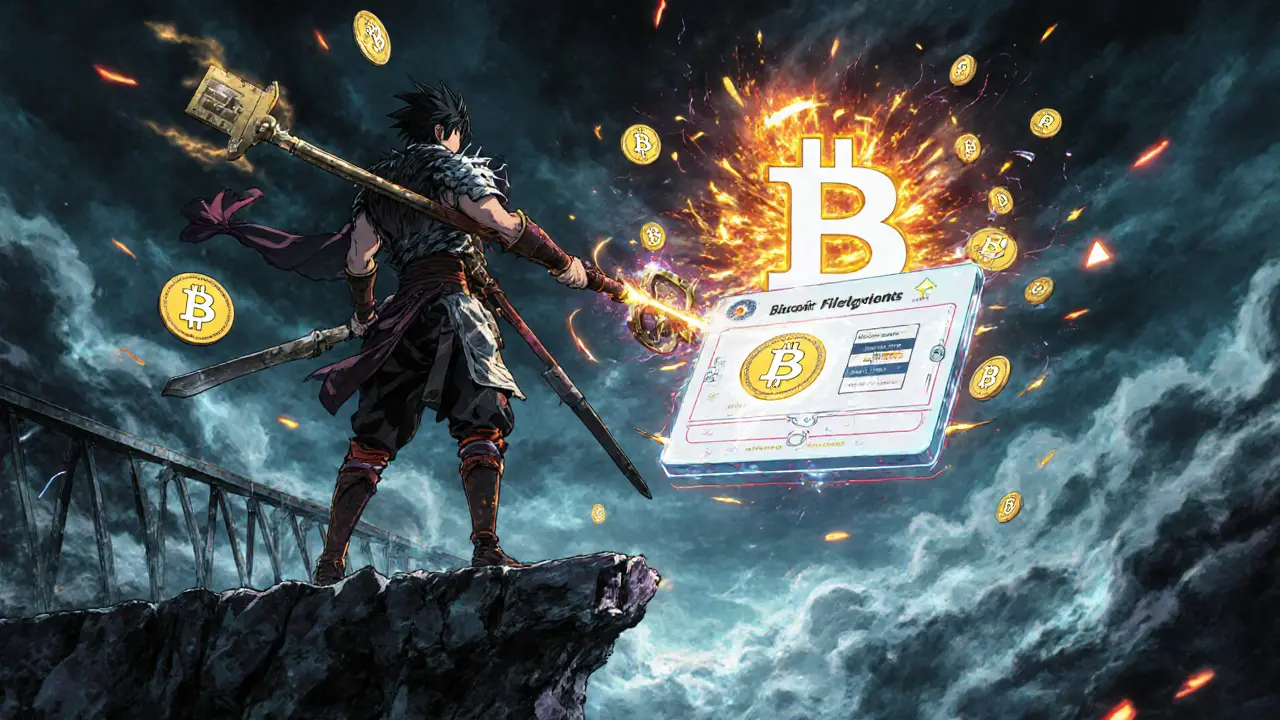

When people talk about Bitcoin DeFi, the use of decentralized finance protocols built on or connected to the Bitcoin network. Also known as DeFi on Bitcoin, it’s not about replacing Ethereum—it’s about giving Bitcoin the same financial tools that altcoins have had for years. For a long time, Bitcoin was seen as digital gold—store of value, no more. But now, thanks to innovations like the Lightning Network and sidechains, Bitcoin is becoming a platform for lending, trading, and earning yield—without moving off-chain.
One of the biggest shifts happened when developers figured out how to lock Bitcoin into smart contracts using Bitcoin layer 2, scaling solutions that enable faster, cheaper transactions and smart contract functionality on top of Bitcoin. Protocols like Stacks and Rootstock let developers build DeFi apps that interact directly with Bitcoin. Wrapped Bitcoin (WBTC) lets users bring BTC onto Ethereum, but that’s centralized. The real movement is happening on Bitcoin-native L2s—where you keep control of your keys and still access yield, swaps, and loans.
It’s not just tech—it’s demand. People in countries with unstable currencies are using Bitcoin DeFi to earn interest on their BTC instead of letting it sit idle. Traders are swapping BTC for stablecoins on decentralized exchanges built on Bitcoin sidechains. And developers are building everything from BTC-backed lending platforms to automated market makers that run entirely on Bitcoin’s security.
What you’ll find in this collection isn’t hype. It’s real projects, real risks, and real tools. You’ll read about how Bitcoin DeFi is changing how people use crypto—not by swapping Bitcoin for Ethereum, but by making Bitcoin itself more useful. You’ll see why some DeFi apps block users in certain countries, how scams pretend to offer Bitcoin yield, and which platforms actually let you earn without giving up control. This isn’t theory. It’s happening now—and you need to know how it works before you get left behind.

Sovryn is a Bitcoin-native DeFi platform that lets you trade, borrow, and lend without giving up control of your crypto. No KYC, no central custody - just pure Bitcoin-powered DeFi. But low liquidity and a steep learning curve make it for experts only.